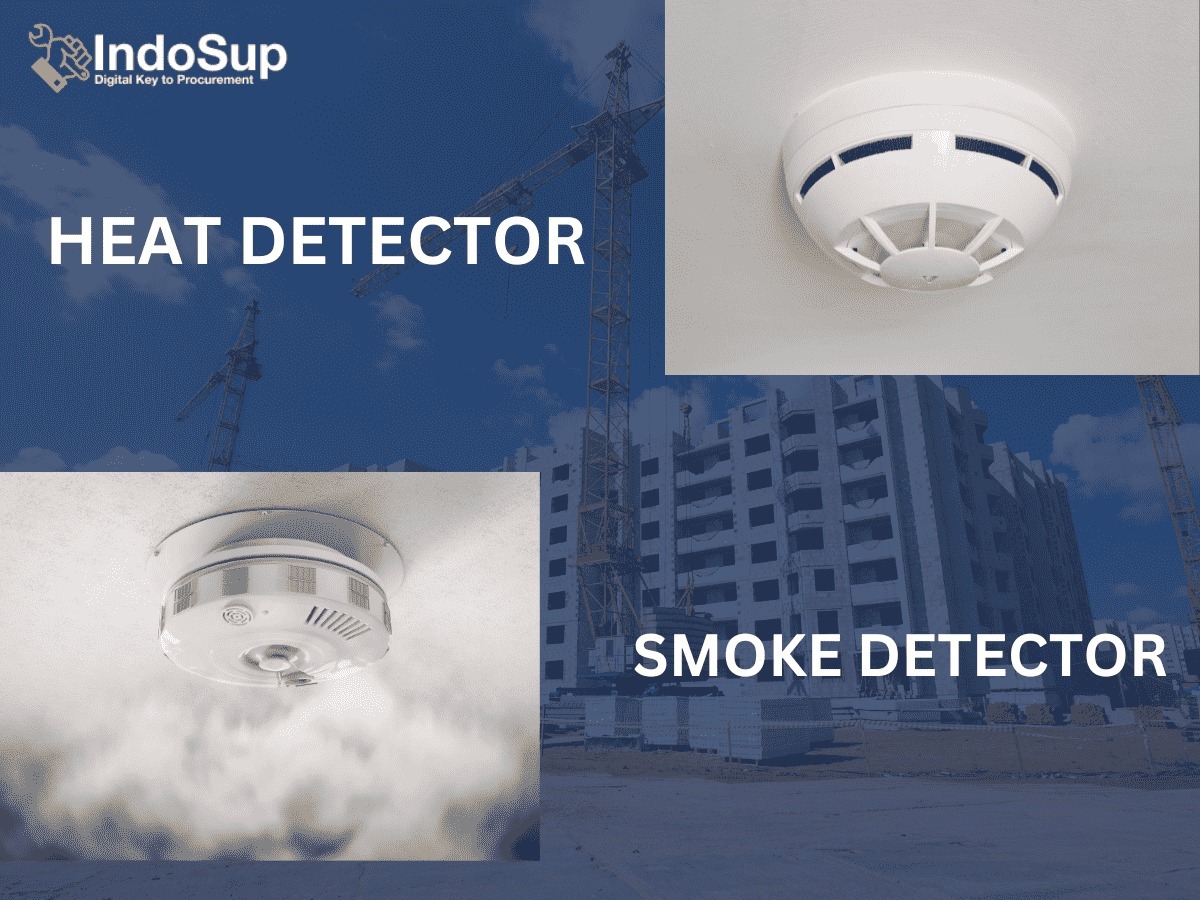Heat Detector vs Fire Detector: Which One Do You Need?
When it comes to fire safety, understanding the difference between a heat detector and a fire detector is crucial. Both play a vital role in protecting lives and property, but they function differently and are suitable for different environments. In this article, we’ll explore the distinctions between heat detectors and fire detectors to help you make an informed decision.
What is a Heat Detector?
A heat detector is a device designed to respond to changes in temperature. Unlike smoke detectors, heat detectors do not sense smoke. Instead, they activate when the surrounding temperature reaches a predetermined level.
Fixed Temperature Heat Detectors
Fixed temperature heat detectors are the most common type. They are designed to trigger an alarm when the temperature exceeds a specific point, usually around 135°F (57°C). These detectors are ideal for environments where rapid changes in temperature are unlikely, such as kitchens or garages.
Rate-of-Rise Heat Detectors
Rate-of-rise heat detectors, on the other hand, respond to a sudden increase in temperature. They are designed to detect a rapid rise in heat, typically around 15°F (8.3°C) per minute. This type of detector is suitable for areas where temperature changes can happen quickly, like warehouses or storage facilities.
What is a Fire Detector?
A fire detector is a broader term that encompasses various types of devices designed to detect different signs of fire. These include smoke detectors, flame detectors, and multi-sensor detectors.
Smoke Detectors
Smoke detectors are the most common type of fire detector. They are designed to detect the presence of smoke, which is often an early indicator of fire.
Ionization Smoke Detectors
Ionization smoke detectors are highly responsive to fast-flaming fires. They contain a small amount of radioactive material that ionizes the air, creating a current. When smoke enters the detector, it disrupts this current, triggering the alarm.
Photoelectric Smoke Detectors
Photoelectric smoke detectors are more effective at detecting slow, smoldering fires. They use a light beam aimed at a sensor. When smoke enters the chamber, it scatters the light, which then hits the sensor and triggers the alarm.
Flame Detectors
Flame detectors are specialized fire detectors that sense the presence of flames. They are commonly used in high-risk areas such as industrial settings or areas with flammable liquids. Flame detectors can detect ultraviolet (UV) or infrared (IR) light emitted by flames.
Multi-Sensor Detectors
Multi-sensor detectors combine multiple detection methods to improve accuracy and reduce false alarms. These detectors can simultaneously monitor for smoke, heat, and carbon monoxide, making them highly effective in various environments.
Choosing the Right Detector for Your Needs
Selecting the appropriate detector depends on the specific requirements of your environment. Here are some factors to consider:
Environment
- Residential Settings: Smoke detectors, particularly photoelectric types, are suitable for most home environments. Heat detectors can be used in kitchens and garages to reduce false alarms.
- Commercial Settings: Multi-sensor detectors offer comprehensive protection in offices and commercial buildings. Rate-of-rise heat detectors are ideal for areas with rapid temperature changes.
- Industrial Settings: Flame detectors and heat detectors are essential in high-risk industrial areas.
Risk of False Alarms
Consider the likelihood of false alarms in your setting. Heat detectors are less prone to false alarms caused by dust or steam, making them suitable for kitchens or workshops. Smoke detectors, while more sensitive, may trigger false alarms in these environments.
Budget
Budget constraints can influence your choice. Smoke detectors are generally more affordable and easier to install, making them a popular choice for residential use. Multi-sensor detectors, though more expensive, provide enhanced protection and are a worthwhile investment for larger commercial spaces.
Conclusion
Both heat detectors and fire detectors are essential components of a comprehensive fire safety system. Understanding their differences and applications will help you choose the right type for your needs. Whether you prioritize rapid detection, false alarm reduction, or a combination of both, there’s a solution to enhance your safety and peace of mind.





